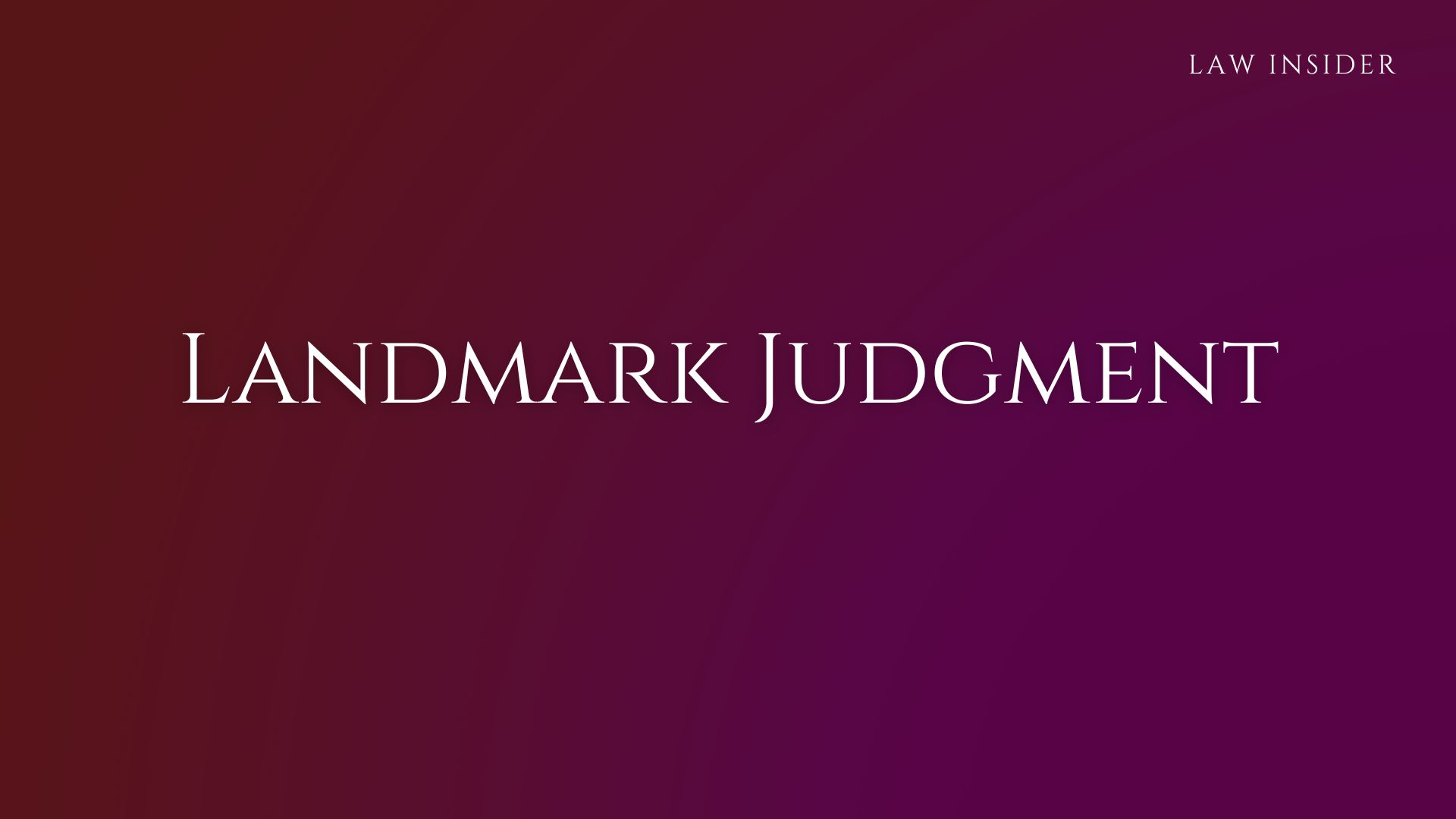Published on: 20 September 2023 at 18:37 IST
Court: Supreme Court of India
Citation: Ram Gopal V. State of M.P. (2023)
Honourable Supreme Court of India has explained “Theory of Last Seen Together” is embedded in Section 106 of the Evidence Act, 1872. It is held that once the prosecution has proved the person is last seen with the deceased, he must offer an explanation as to how and when he parted company with the deceased.
In other words, he must furnish an explanation that appears to the court to be probable and satisfactory, and if he fails to offer such an explanation on the basis of facts within his special knowledge. Especially in cases resting on circumstantial evidence, if the accused fails to offer a reasonable explanation in discharge of the burden placed on him, such failure by itself can provide an additional link in the chain of circumstances proved against him.
6. It may be noted that once the theory of “last seen together” was established by the prosecution, the accused was expected to offer some explanation as to when and under what circumstances he had parted the company of the deceased.
It is true that the burden to prove the guilt of the accused is always on the prosecution, however in view of Section 106 of the Evidence Act, when any fact is within the knowledge of any person, the burden of proving that fact is upon him.
Of course, Section 106 is certainly not intended to relieve the prosecution of its duty to prove the guilt of the accused, nonetheless it is also equally settled legal position that if the accused does not throw any light upon the facts which are proved to be within his special knowledge, in view of Section 106 of the Evidence Act, such failure on the part of the accused may be used against the accused as it may provide an additional link in the chain of circumstances required to be proved against him.
In the case based on circumstantial evidence, furnishing or non-furnishing of the explanation by the accused would be a very crucial fact, when the theory of “last seen together” as propounded by the prosecution was proved against him.
Drafted By Abhijit Mishra

